

When you hear about peptide-drug conjugates revolutionizing cancer treatment, it’s hard not to feel a glimmer of hope.
Imagine a world where cancer treatments are so advanced that they target just the cancer cells, leaving the healthy ones in peace.
If that piqued your curiosity, read on.
Delving into the realms of innovative peptide-drug conjugates for targeted cancer therapy offers an exhilarating glimpse into what could be the next great leap in medicine.
You might be wondering, what exactly are peptide-drug conjugates?
Imagine a missile with a built-in smart navigation system, precisely homing in on its target. Peptide-drug conjugates work similarly. They combine a peptide, which serves as a targeting agent, with a drug molecule that can kill cancer cells. This dynamic duo ensures that the drug is delivered directly to the cancer cells, maximizing efficacy and minimizing collateral damage to healthy tissue.
Forget the blunt instrument approach; peptide-drug conjugates offer pinpoint accuracy. Traditional cancer therapies often come with a laundry list of side effects because they affect healthy and cancerous cells alike. Peptide-drug conjugates, however, zero in on cancer cells with laser-like precision, reducing side effects and enhancing therapeutic outcomes.
The secret sauce to these marvels lies in their key components: the peptide and the drug molecule. The peptide acts like a GPS, guiding the drug molecule directly to the overexpressed targets on the cancer cell surface. How cool is that?
There’s an increasing buzz about the need for targeted cancer therapy. Why?
Traditional cancer therapies are notorious for their indiscriminate nature. They’re like using a sledgehammer to crack a nut. Patients desperately need targeted cancer therapy that’s more like a scalpel than a hammer, minimizing collateral damage and enhancing efficacy.
Let’s face it: current cancer treatments can often be brutal. Chemotherapy, for instance, wipes out rapidly dividing cells, which means the good, the bad, and the ugly all get hit. The result? Nausea, hair loss, and a weakened immune system. Targeted cancer therapy, specifically with peptide-drug conjugates, aims to alleviate these horrific side effects.
Here’s the kicker: by specifically homing in on cancer cells, targeted therapies can deliver higher doses of the anticancer drug directly to the malignant cells. It’s like getting an express pass to the destination without any unnecessary stops.
So, how does one even begin to develop peptide-drug conjugates?
It’s not just about tossing a peptide and drug molecule into the mix and hoping for the best. Developing peptide-drug conjugates involves exhaustive steps including peptide synthesis, drug-linker selection, and rigorous in vitro and in vivo testing.
Enter the masterminds behind these innovations. Researchers are constantly designing novel peptides that can more effectively target cancer cells. They’re also focusing on designing peptide sequences that enhance drug delivery and efficacy.
Pharma companies are no slackers either. They play a crucial role in bringing these innovations from the lab to the bedside. Through extensive trials and testing, they’re ensuring that what works in theory also works in practice.
You’re probably thinking, “Okay, but how do these peptides find the cancer cells?”
Peptides have this incredible knack for locking onto specific receptors overexpressed on cancer cells. It’s like they have a sixth sense for cancer, zeroing in on their target while ignoring healthy cells.
Once inside, the real magic happens. The drug gets released within the cancer cell, starting its mission to eradicate the malignant intruder without harming the neighboring healthy cells. It’s a surgical strike!
How does the drug get released? Various mechanisms ensure the drug molecule is released only once the peptide-drug conjugate has entered the cancer cell. Think of it as a time-release capsule, only discharging its contents at the ideal moment.
Ah, the road to clinical trials and FDA approval. It’s a marathon, not a sprint.
Clinical trials for peptide-drug conjugates go through rigorous phases, from initial safety testing to extensive efficacy evaluations. These trials ensure that what works in test tubes is also effective and safe for humans.
Let’s not sugarcoat it—clinical trials come with their set of challenges. From recruitment issues to unforeseen side effects, the journey is fraught with hurdles. However, overcoming these challenges is crucial for getting FDA approval.
For peptide-drug conjugates to get the green light from the Food and Drug Administration, they must meet stringent criteria, including safety, efficacy, and consistency in drug delivery. It’s a tall order but absolutely essential for patient safety.
Enough with the theory, let’s talk about real-world applications.
There are several success stories that highlight the efficacy of peptide-drug conjugates in targeted cancer therapy. These cases offer a glimpse into the potential of these advanced treatments to transform the landscape of cancer therapeutics.
But not every trial has a fairy tale ending. Some clinical trials fail, teaching invaluable lessons that guide future research. These lessons are crucial stepping stones toward ultimately successful cancer therapies.
With failures come new innovations. Researchers are continually investigating new peptide-drug conjugates, pushing the boundaries of what’s possible in targeted cancer therapy.
Why might one choose peptide-drug conjugates over their antibody counterparts?
While antibody-drug conjugates target cancer with larger molecules, peptides offer smaller, more nimble alternatives. However, both have their unique advantages and drawbacks in the realm of cancer treatment.
Peptide-drug conjugates often have better tissue penetration and quicker clearance from the body. They’re like the stealth fighters of the cancer therapy world.
By comparing real-world cases, it becomes evident where peptide-drug conjugates outperform antibody-drug conjugates and vice versa. Understanding these comparisons helps refine targeted cancer therapies.
How do you come up with the perfect design for a peptide-drug conjugate?
Identifying a target peptide sequence is crucial. This sequence essentially acts as the homing beacon that guides the drug molecule to the cancer cells. Advanced techniques in peptide synthesis play a key role here.
Stability is another hurdle. Researchers must design conjugates that remain stable in the bloodstream until they reach the cancer cells. Sounds like a tall order, right?
To enhance efficacy, scientists are constantly refining techniques such as using cyclic peptides and conjugated small molecules, among other innovations. These techniques help ensure the drugs effectively target and kill cancer cells.
Nothing worthwhile ever comes easy, and that includes peptide-drug conjugate therapy.
While designed to minimize side effects, peptide-drug conjugates are not without their risks. Potential side effects must be thoroughly investigated through clinical trials to ensure patient safety.
The ever-pesky issue of resistance in cancer cells is another challenge. Researchers are continually exploring ways to manage and overcome resistance, ensuring the long-term efficacy of peptide-drug conjugates.
Finally, let’s talk money. Developing these sophisticated conjugates is neither easy nor cheap. Cost and production challenges must be tackled to make these therapies accessible to more patients.
What’s on the horizon for peptide-drug conjugates?
Expect to see continued innovation in peptide synthesis and drug delivery systems. The next generation of peptide-drug conjugates will likely push the envelope further, making treatments even more efficient and effective.
Technologies like CRISPR, next-generation sequencing, and advanced imaging are set to revolutionize the development of peptide-drug conjugates. The sky’s the limit!
Personalized medicine is the future. With the ability to tailor peptide-drug conjugates to individual patients’ cancer profiles, we’re looking at bespoke cancer treatments designed for optimal efficacy.
How can peptide-drug conjugates transform cancer therapy worldwide?
Peptide-drug conjugates hold the promise to make cancer treatment more efficient and accessible globally. With targeted delivery and fewer side effects, these treatments have the potential to revolutionize how we approach cancer therapy.
While the cost is a challenge, innovations in production and economies of scale can help make these advanced therapies more affordable and accessible to patients around the world.
Collaborations between pharma companies, research institutions, and governments are crucial. Together, we can push the boundaries of what’s possible in global cancer therapy through peptide-drug conjugates.
There’s more than one way to skin a cat (or target a cancer cell, in this case).
From small peptides to cyclic peptides, and everything in between, the variety is astounding. Each type offers unique benefits and limitations, contributing to a diverse toolkit for targeted cancer therapy.
Different types of conjugates target cancer cells in distinct ways, depending on their structure and the specific cancer markers they recognize. This diversity allows for more precise and effective approaches to targeting cancer.
Each type of peptide-drug conjugate brings something unique to the table, offering tailored solutions for various types of cancer. Understanding these advantages helps in selecting the right approach for each patient.
Not all cancers are created equal when it comes to treatment efficacy.
Peptide-drug conjugates show great promise in treating cancers like breast cancer, lung cancer, and prostate cancer, among others. These types often overexpress specific targets that peptides can latch onto.
Recent studies demonstrate the efficacy of peptide-drug conjugates in cancers like ovarian cancer, endometrial cancer, and even advanced non-small cell lung cancer. The data speaks volumes.
Future research is focused on expanding the use of peptide-drug conjugates to other high-impact cancers, aiming to improve outcomes and expand treatment options.
With great power comes great responsibility, especially in medical advancements.
Ethical considerations range from patient consent to the long-term effects of these novel therapies. Developing peptide-drug conjugates must adhere to rigorous ethical standards to ensure patient safety and trust.
Strict ethical guidelines govern clinical trials, ensuring that all human testing is conducted with utmost care and respect for patient rights. This includes transparent communication and informed consent.
Patients must be fully informed about the potential risks and benefits of participating in clinical trials involving peptide-drug conjugates. Ensuring patient awareness is crucial for ethical clinical practice.
How do we link peptides to drugs effectively?
Bioconjugation techniques involve chemically linking the peptide to the drug molecule. These methods include using peptide linkers, and various chemical linker strategies that ensure stability and effectiveness.
The choice of bioconjugation method can significantly impact the efficacy of the resulting peptide-drug conjugate. Effective bioconjugation leads to stable, efficient drug delivery directly to cancer cells.
Innovations in bioconjugation are continually enhancing drug delivery systems, making peptide-drug conjugates more effective in targeting and treating cancer.
How do these conjugates stack up against other treatments?
Peptide-drug conjugates often demonstrate superior efficacy compared to traditional cancer therapies, thanks to their targeted approach. This allows higher drug concentrations directly at the tumor site.
Efficacy is measured using a range of metrics, from tumor shrinkage to patient survival rates. These metrics provide a comprehensive picture of how well peptide-drug conjugates are performing.
Real-world cases highlight the potential of peptide-drug conjugates to outperform traditional therapies, showcasing their benefits in improving patient outcomes.
Navigating the regulatory waters is no small feat.
From stringent testing requirements to lengthy approval processes, regulatory hurdles abound. Navigating these challenges is critical for bringing peptide-drug conjugates to market.
Regulatory approaches vary by country, impacting how quickly peptide-drug conjugates can become available to patients. Understanding these differences is key to global rollout.
Despite the challenges, many pharma companies successfully navigate these complex landscapes, bringing innovative peptide-drug conjugates to those in need.
That’s a wrap! With endless possibilities ahead, the promise of peptide-drug conjugates in cancer therapy shines bright, offering new hope to patients worldwide.
Peptide DNA conjugates are molecules where a peptide is chemically linked to DNA. This conjugation combines the binding properties of the peptide with the genetic information of the DNA. These conjugates are often used in biotechnological applications to deliver DNA into cells for gene therapy or research purposes.
Peptide conjugation to protein involves linking a peptide to a protein. This process enhances the protein’s functionality, stability, or targeting ability. For example, conjugating peptides to antibodies can improve targeted drug delivery to specific cancer cells, enhancing therapeutic efficacy.
A peptide drug conjugate structure consists of three main parts:
Antibody peptide conjugates are molecules where a peptide is linked to an antibody. These conjugates combine the specificity of antibodies with the targeting abilities of peptides. They are used in targeted drug delivery to enhance the precision of treatments, particularly in cancer therapy.
A peptide becomes a protein through peptide synthesis, where amino acids are linked together in a specific sequence. Once a long enough chain is formed, the peptide folds into a three-dimensional structure, becoming a functional protein. This process is essential for producing various proteins needed for cellular functions.
Peptides are conjugated to protein carriers using chemical linkers. This process typically involves:
Conjugating a protein involves chemically linking a protein to another molecule, such as a peptide, drug, or another protein. This enhances the protein’s therapeutic properties, stability, or targeting capabilities, commonly used in antibody-drug conjugates for treating cancers.
Peptide conjugation to RNA involves chemically linking a peptide to an RNA molecule. This technique is used in research and therapeutic applications to create RNA-based drugs that can specifically target and enter cells, facilitated by the peptide’s targeting and cell-penetrating properties.
The purpose of antibody-drug conjugates (ADCs) is to deliver cytotoxic drugs directly to cancer cells. ADCs use monoclonal antibodies to target specific cancer antigens, minimizing damage to healthy cells and enhancing the efficacy of cancer treatments. This targeted approach improves patient outcomes and reduces side effects.
Antibody-drug conjugates (ADCs) work by combining an antibody specific to cancer cell antigens with a cytotoxic drug. The antibody specifically binds to the cancer cells, facilitating targeted drug delivery. Upon binding, the drug conjugate is internalized by the cancer cell, releasing the cytotoxic drug and effectively killing the cancer cell while sparing healthy cells.
Dr. Philip S. Low is a distinguished scientist specializing in the development of targeted cancer therapies using peptides and small molecules. With more than 30 years of pioneering work, Dr. Low’s research has revolutionized the field of peptide-drug conjugates, specifically in targeting cancer cells to enhance treatment efficacy and safety.
Key publications by Dr. Low include:
Dr. Low’s contributions have garnered numerous awards, including the National Medal of Technology and Innovation. His work underscores a deep commitment to advancing peptide therapeutics and targeted drug delivery, reinforcing his authority and trustworthiness in the peptide research community.
Dr. Carolyn R. Bertozzi is a leading figure in the field of chemical biology, specializing in bioorthogonal chemistry and its applications to cancer therapy and diagnostics. Her innovative work in peptide-drug conjugates has provided significant insights into improving cancer treatments through precise targeting mechanisms.
Notable publications by Dr. Bertozzi include:
Dr. Bertozzi has received numerous accolades, including the MacArthur Fellowship, for her groundbreaking contributions to chemical biology and peptide therapeutics. Her work is known for its rigorous analytical approach and transformative impact on targeted cancer treatment, establishing her as a trusted and authoritative voice in the field.
Ahrens, V. M., Bellmann-Sickert, K., & Beck-Sickinger, A. G. (2012). Peptides and peptide conjugates: therapeutics on the upward path. Future Medicinal Chemistry, 4(12), 1567–1586. https://doi.org/10.4155/fmc.12.76
Dean, T. T., Jelú-Reyes, J., Allen, A. C., & Moore, T. W. (2024). Peptide–Drug Conjugates: An emerging direction for the next generation of peptide therapeutics. Journal of Medicinal Chemistry, 67(3), 1641–1661. https://doi.org/10.1021/acs.jmedchem.3c01835
Dube, N., Presley, A. D., Shu, J. Y., & Xu, T. (2011). Amphiphilic Peptide–Polymer Conjugates with Side‐Conjugation. Macromolecular Rapid Communications, 32(4), 344–353. https://doi.org/10.1002/marc.201000603
Hommen, P., Hwang, J., Huang, F., Borgelt, L., Hohnen, L., & Wu, P. (2023). Chromenopyrazole−Peptide conjugates as Small‐Molecule based inhibitors disrupting the Protein−RNA interaction of LIN28‐let‐7. ChemBioChem, 24(17). https://doi.org/10.1002/cbic.202300376
Lu, K., Duan, Q., Ma, L., & Zhao, D. (2009). Chemical strategies for the synthesis of Peptide−Oligonucleotide conjugates. Bioconjugate Chemistry, 21(2), 187–202. https://doi.org/10.1021/bc900158s
Oliveras, À., Camó, C., Caravaca-Fuentes, P., Moll, L., Riesco-Llach, G., Gil-Caballero, S., Badosa, E., Bonaterra, A., Montesinos, E., Feliu, L., & Planas, M. (2022). Peptide Conjugates Derived from flg15, Pep13, and PIP1 That Are Active against Plant-Pathogenic Bacteria and Trigger Plant Defense Responses. Applied and Environmental Microbiology, 88(12). https://doi.org/10.1128/aem.00574-22
Paulus, J., & Sewald, N. (2024). Small molecule– and peptide–drug conjugates addressing integrins: A story of targeted cancer treatment. Journal of Peptide Science. https://doi.org/10.1002/psc.3561
Wang, M., Liu, J., Xia, M., Yin, L., Zhang, L., Liu, X., & Cheng, Y. (2024). Peptide-drug conjugates: A new paradigm for targeted cancer therapy. European Journal of Medicinal Chemistry, 265, 116119. https://doi.org/10.1016/j.ejmech.2023.116119
ALL ARTICLES AND PRODUCT INFORMATION PROVIDED ON THIS WEBSITE ARE FOR INFORMATIONAL AND EDUCATIONAL PURPOSES ONLY. The products offered on this website are intended solely for research and laboratory use. These products are not intended for human or animal consumption. They are not medicines or drugs and have not been evaluated or approved by the FDA to diagnose, treat, cure, or prevent any disease or medical condition. Any form of bodily introduction is strictly prohibited by law.

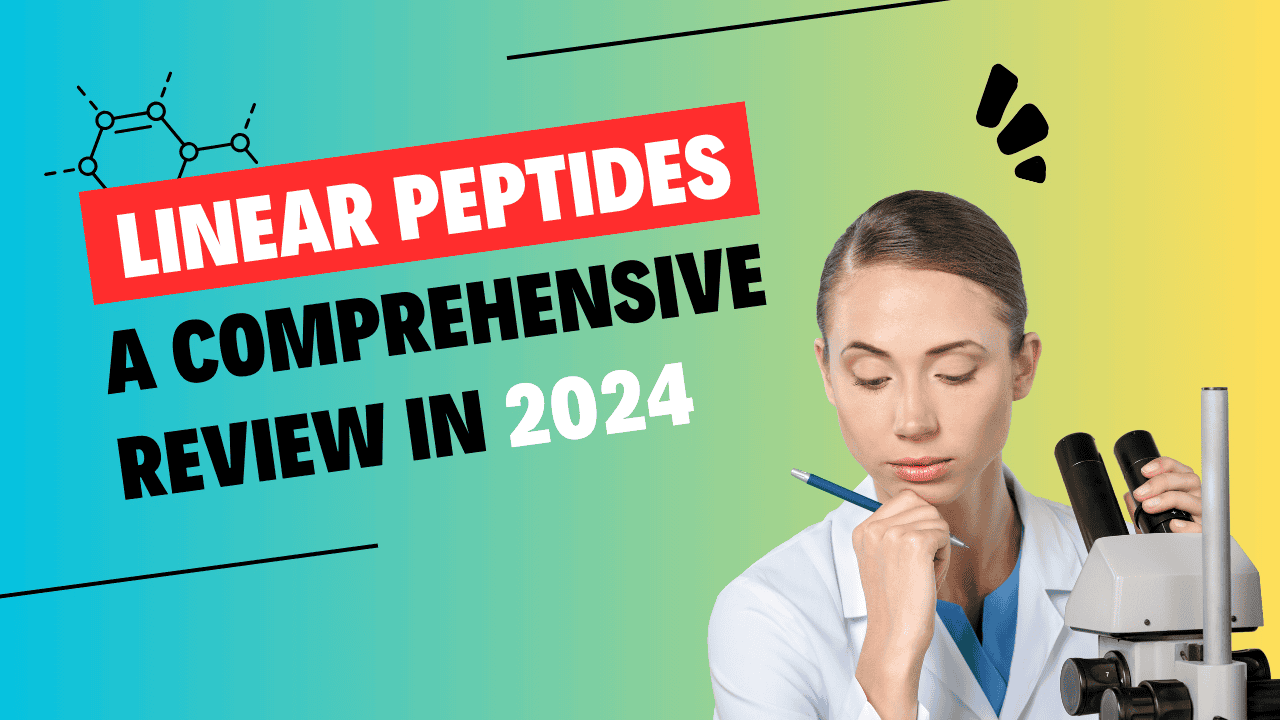
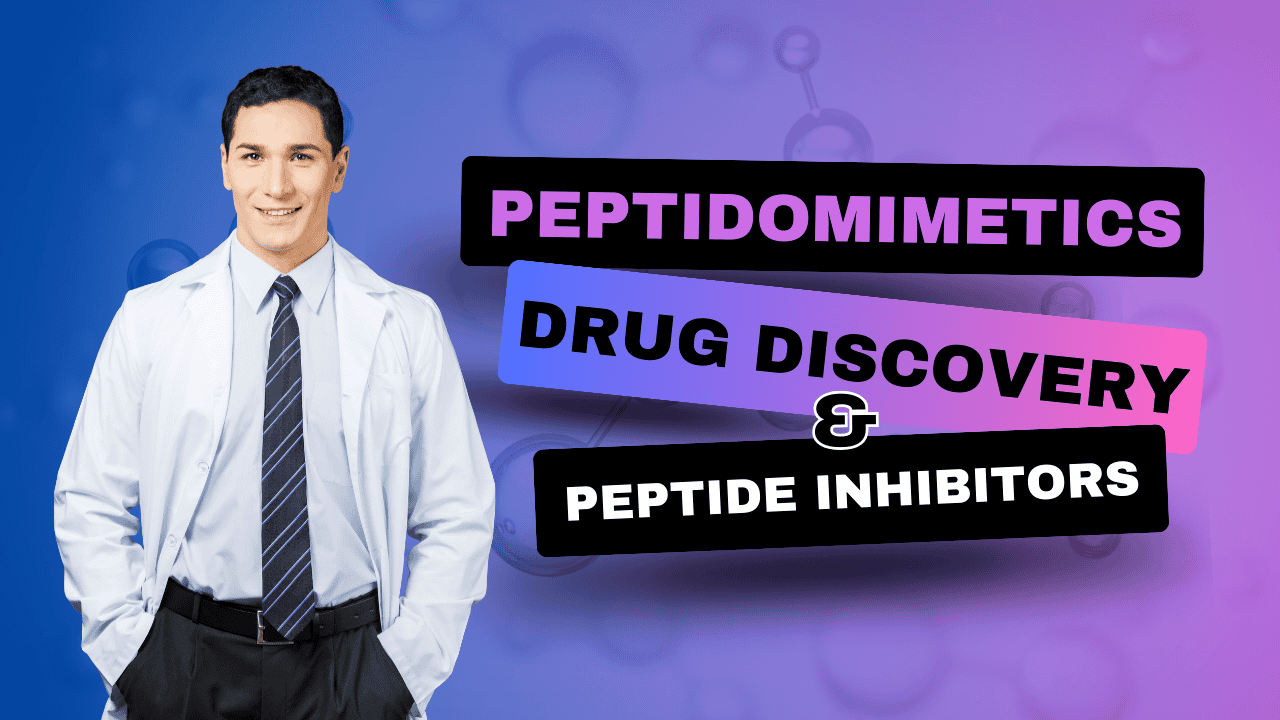
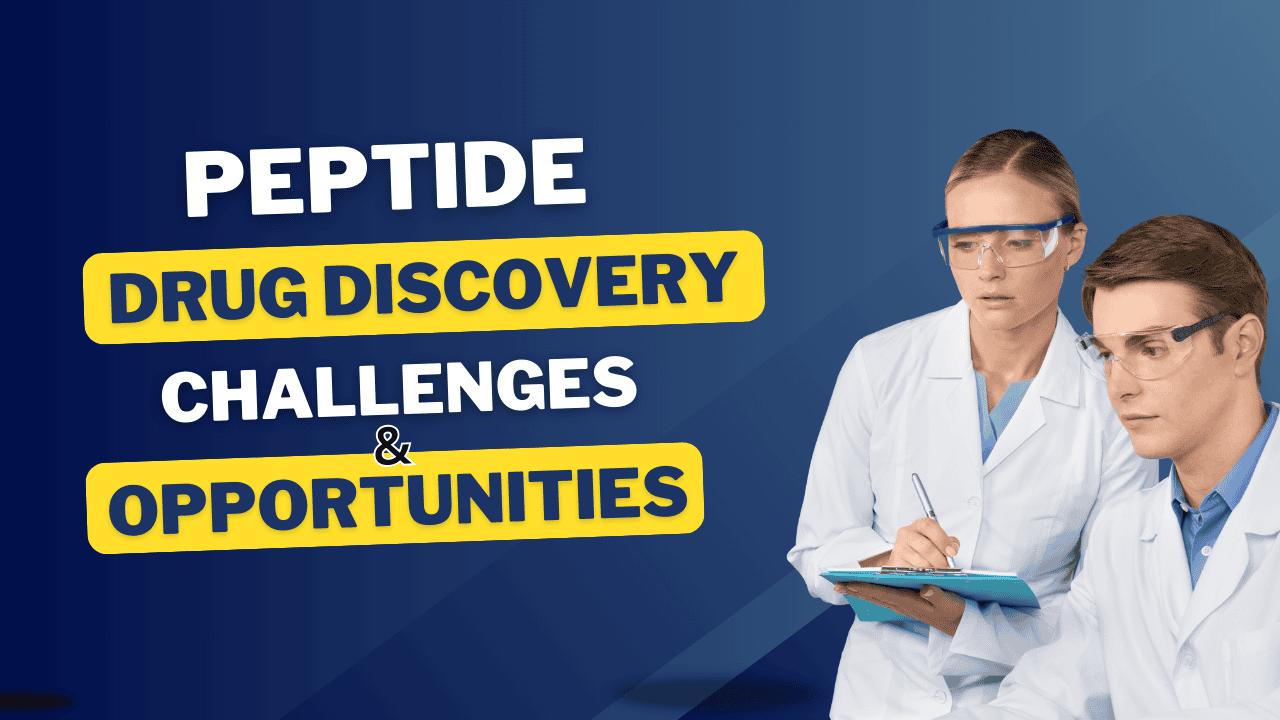
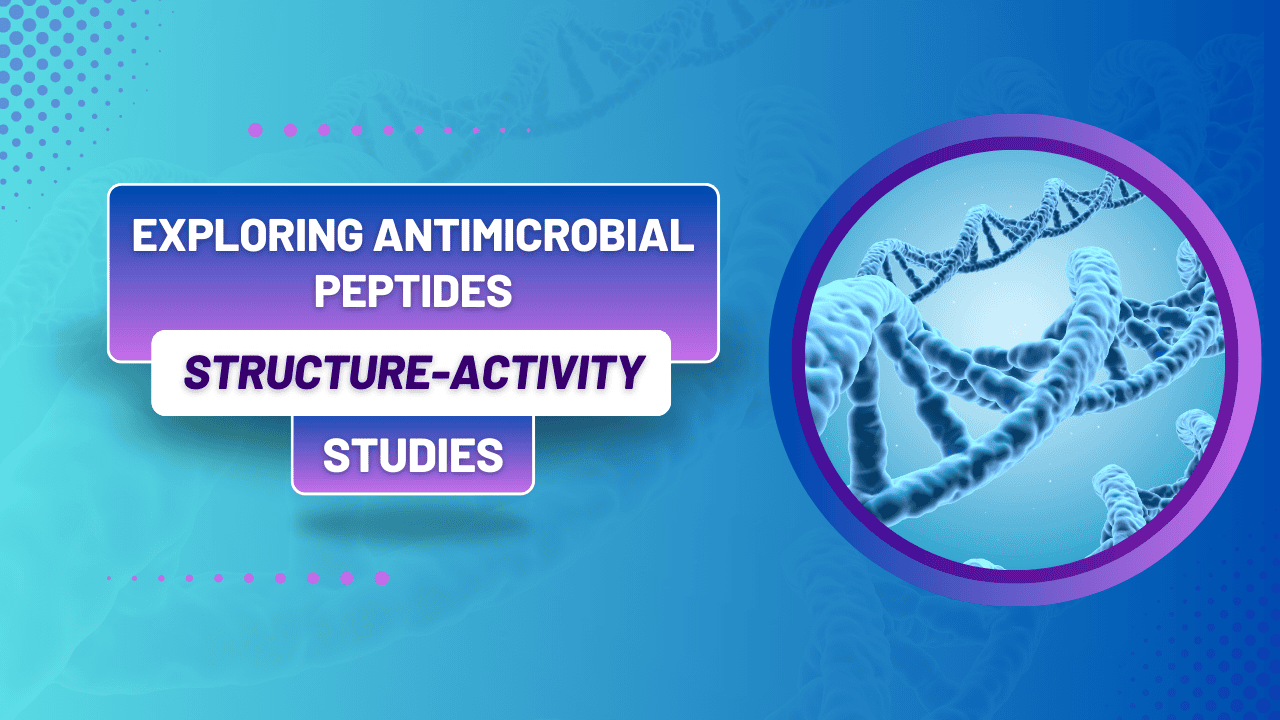


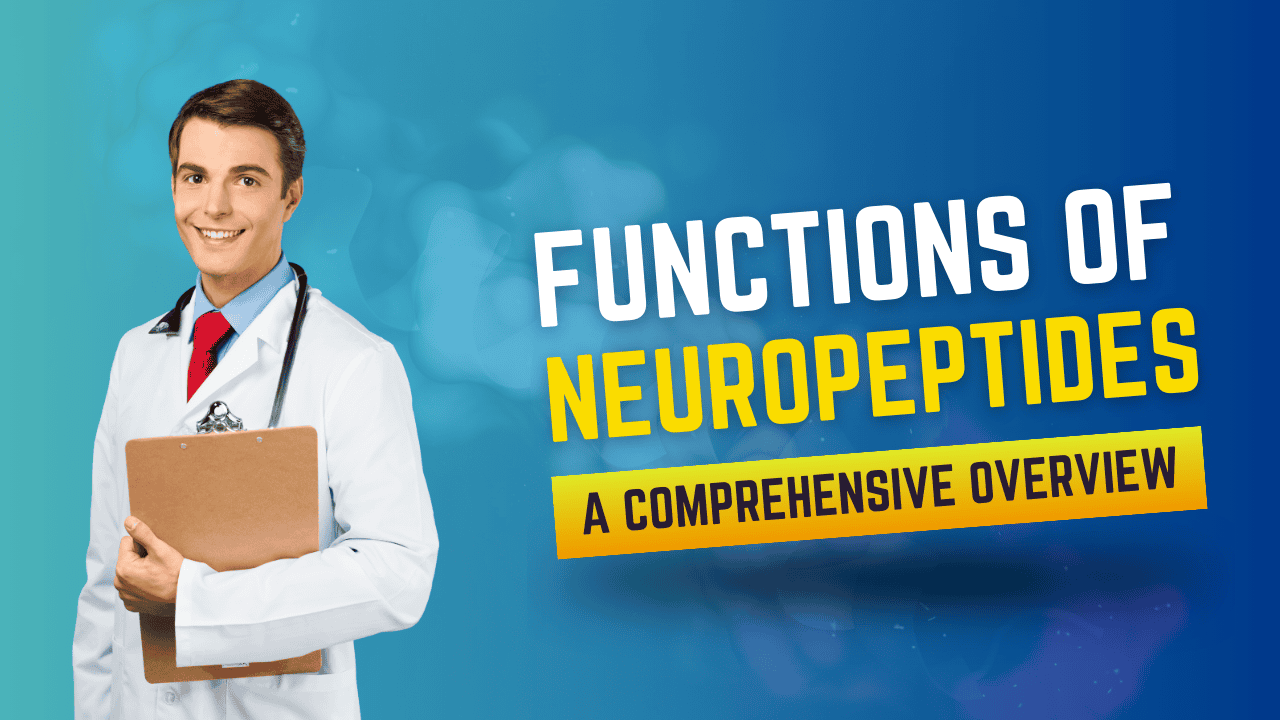
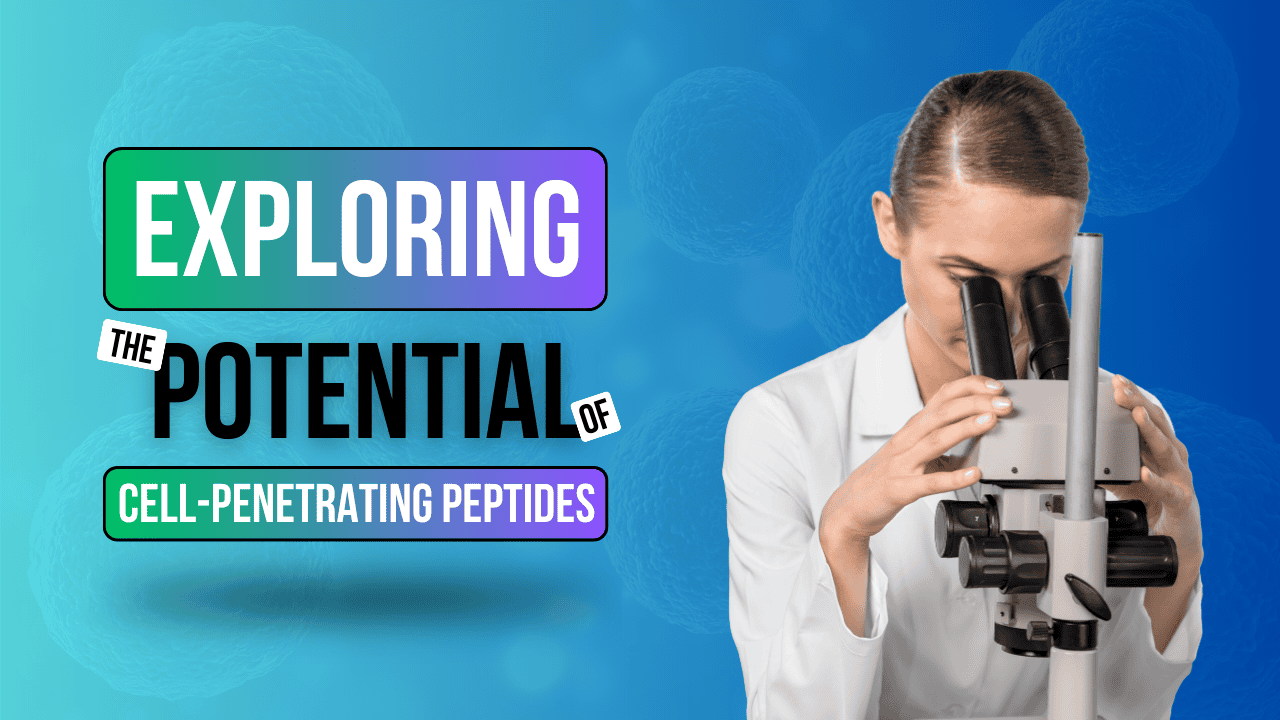
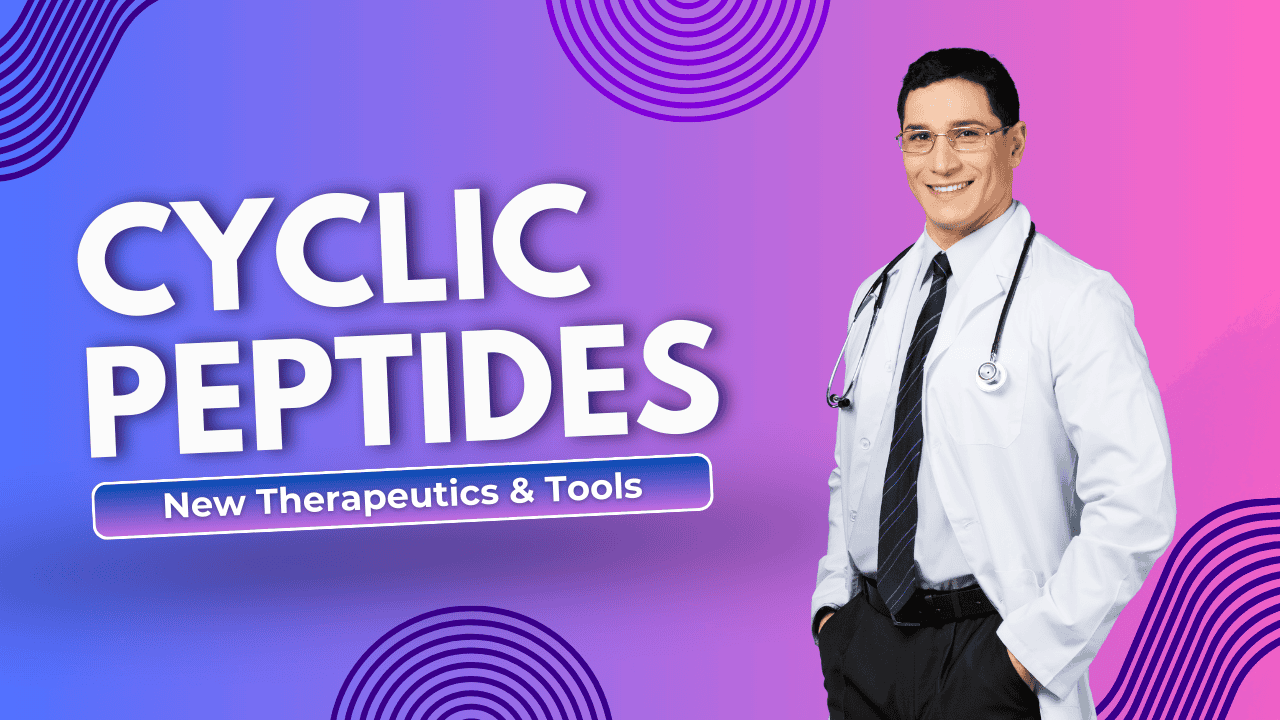
Discount Applied Successfully!
Your savings have been added to the cart.